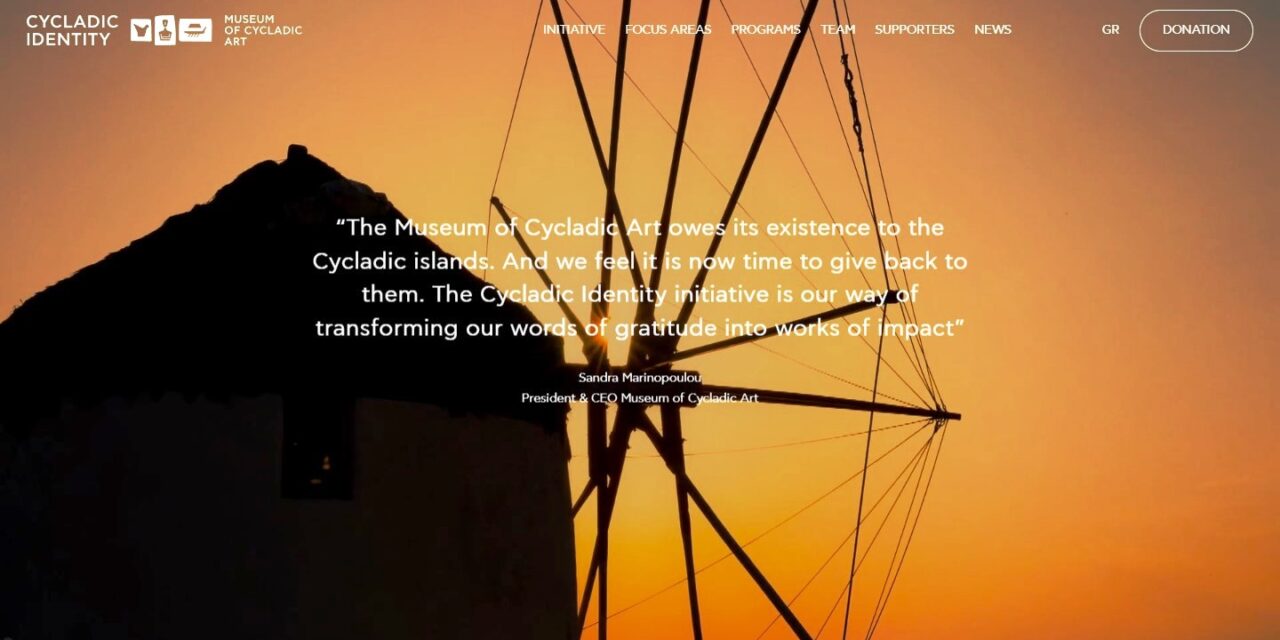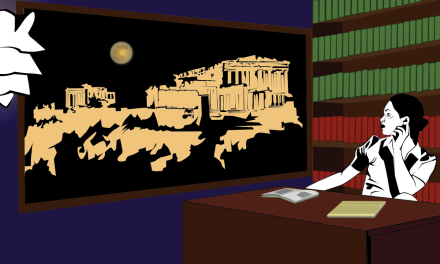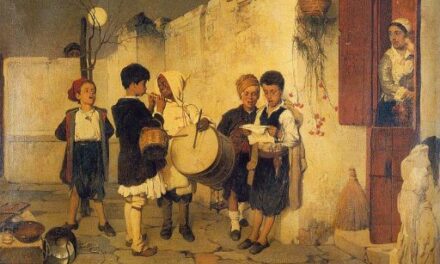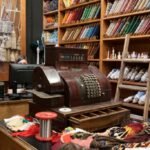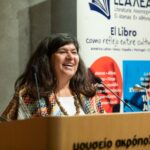Ten new projects across eight Cycladic islands—Andros, Donousa, Koufonisi, Mykonos, Santorini, Serifos, Syros, and Tinos—including two inter-island initiatives, are part of the third funding phase of the Cycladic Identity Initiative. This phase expands support to local organizations and communities throughout the Cyclades. Launched in 2023 by the Museum of Cycladic Art, the Cycladic Identity Initiative aims to preserve, restore, and promote the unique cultural and natural heritage of the Cyclades. To date, it has supported 16 projects across 11 islands.
As Sandra Marinopoulou, President and CEO of the Museum of Cycladic Art, stated: “Cycladic Identity marks three years of meaningful contribution to the local communities of the Cyclades. The Museum of Cycladic Art would not exist without our islands, and we have a duty to give back in a sustainable and impactful way. At a time when modern challenges such as increased tourism, the abandonment of traditional practices, and climate change dominate everyday life, our goal is to remain consistently close to the islanders and responsive to their needs. Cycladic Identity seeks to provide both the means and the motivation for local communities to actively engage in preserving their heritage—a heritage that has carried them from the past into the present and holds the power to guide them toward a sustainable future.”
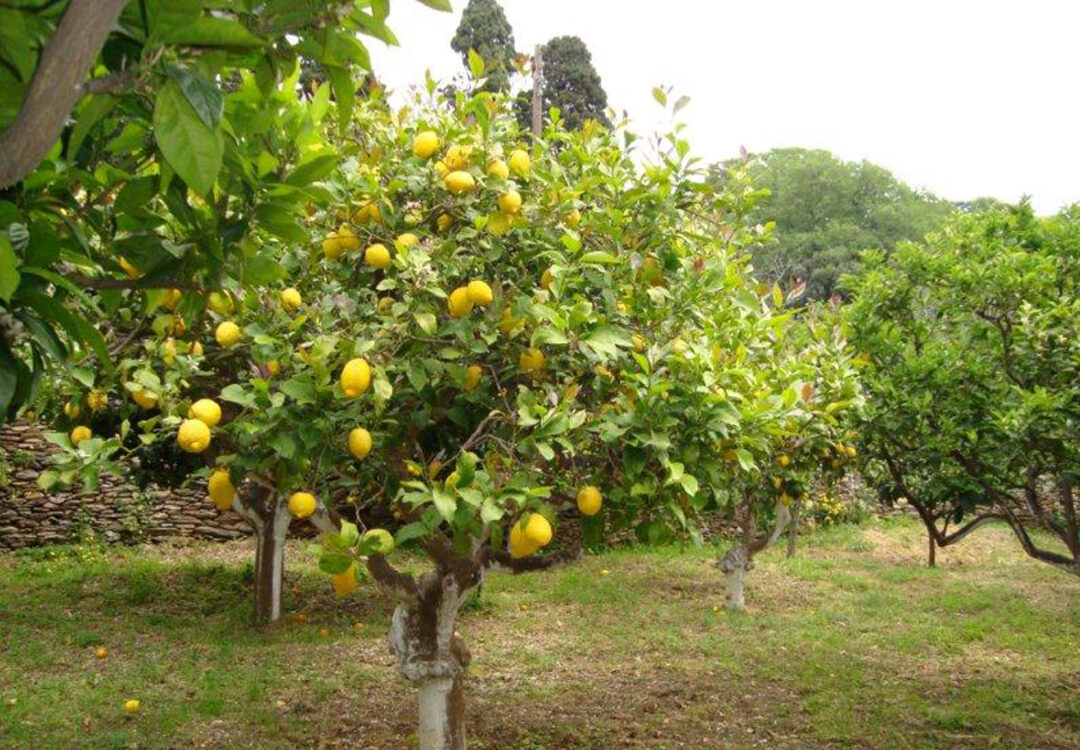
ANDROS: “The Lemon Grove of Livadia in Andros: Soundscape of Biodiversity & Stories of People” – Organization: Andros Research Center
Andros has a deep-rooted agricultural history reflected in its terraced landscapes, dry-stone walls, bridges, cisterns, olive mills, and threshing floors. Its mountainous terrain, previous water abundance, and microclimates have fostered a rich ecosystem, with nearly half the island included in the Natura 2000 network. Citrus cultivation—especially lemons, was once central to the island’s economy and maritime trade, with the fertile Livadia plain as a key growing area. While the economy has shifted toward tourism and services, lemon farming in Livadia continues under increasing environmental and social pressure.
Revitalizing the primary sector is now a sustainability priority, requiring approaches that connect agriculture with heritage, identity, and visitor experiences. This project focuses on Livadia’s lemon groves, using innovative tools such as acoustic ecology, oral history, and heritage interpretation. Key activities, among others, include: creating a 15-stop heritage audio tour of the lemon grove route, and developing a GPS-enabled audio guide app for Android and iOS, introducing users to the history and current role of Andros lemon cultivation.
(Source: Cycladic Identity Initiative)
Read also: Andros, the “Little England” of the Cyclades
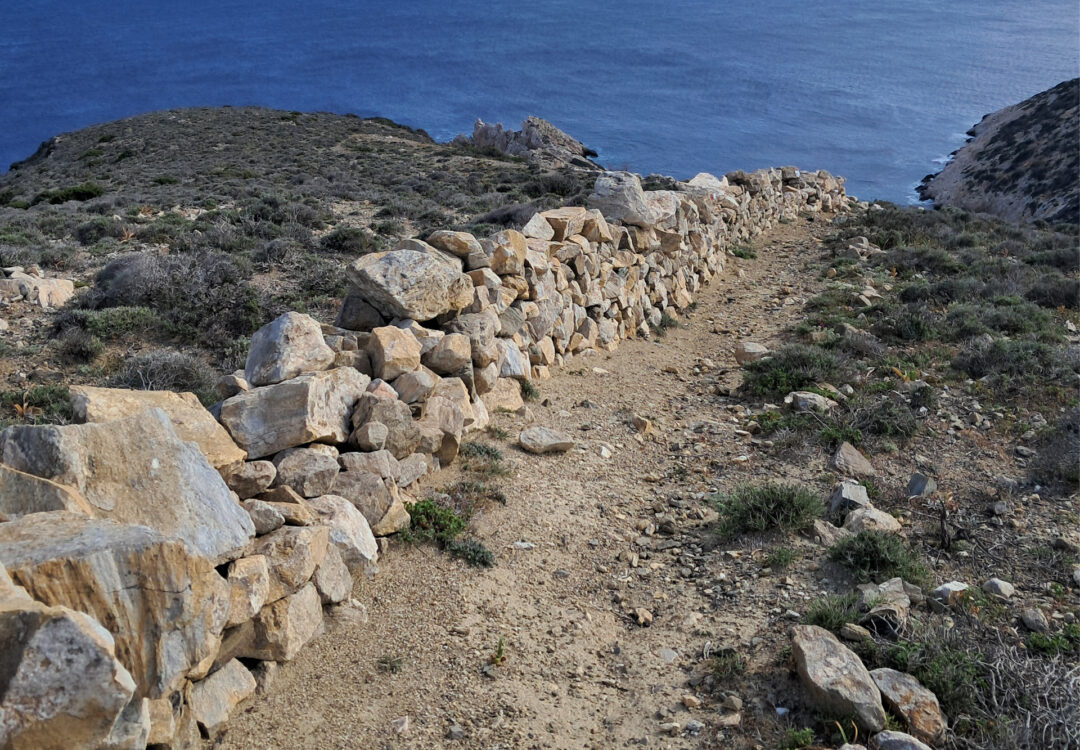
DONOUSSA: “Installation of informational signs, and maintenance and improvement of access to the Geometric-period archaeological settlement at Vathy Limenari, Donoussa”, Restoration of a historic trail – Organization: POSEIDON Cultural and Environmental Association of Donoussa
The archaeological site of the Geometric period (9th–8th century BC) at “Vathy Limenari II” on Donoussa Island was excavated between 1968 and 1972 by archaeologist Foteini Zafeiropoulou. The excavation revealed a settlement and numerous pots, now kept at the Naxos Archaeological Museum. Though significant to the island’s history, the site remains largely unknown. Today, the site is abandoned and overgrown, with a deteriorated trail making access difficult. In collaboration with archaeological authorities, the organization “Poseidon” aims to restore access. The site lies on path 4 of Donoussa’s Cultural Interest Trails Network, connecting the beaches of Kendra and Livadi. Along this route, visitors pass dry-stone structures, a windmill, local flora and fauna, and reach the traditional village of Mesaria. Although the archaeological site is near the trail, it remains hidden.
The goal is to improve the trail section from Mesaria to the site, linking the modern and ancient settlements and offering a deeper experience for hikers. Skilled stone workers from nearby islands will help restore old dry-stone walls, recognized as UNESCO intangible cultural heritage. Two durable, bilingual signs will be installed—one at the port and one near the site—to inform visitors about the excavation. Content will be developed with the archaeological service. Under archaeologist supervision, the team will clear the site to reveal the remains. Using the original topographic map, they will create a walking route for visitors.
(Source: Cycladic Identity Initiative)
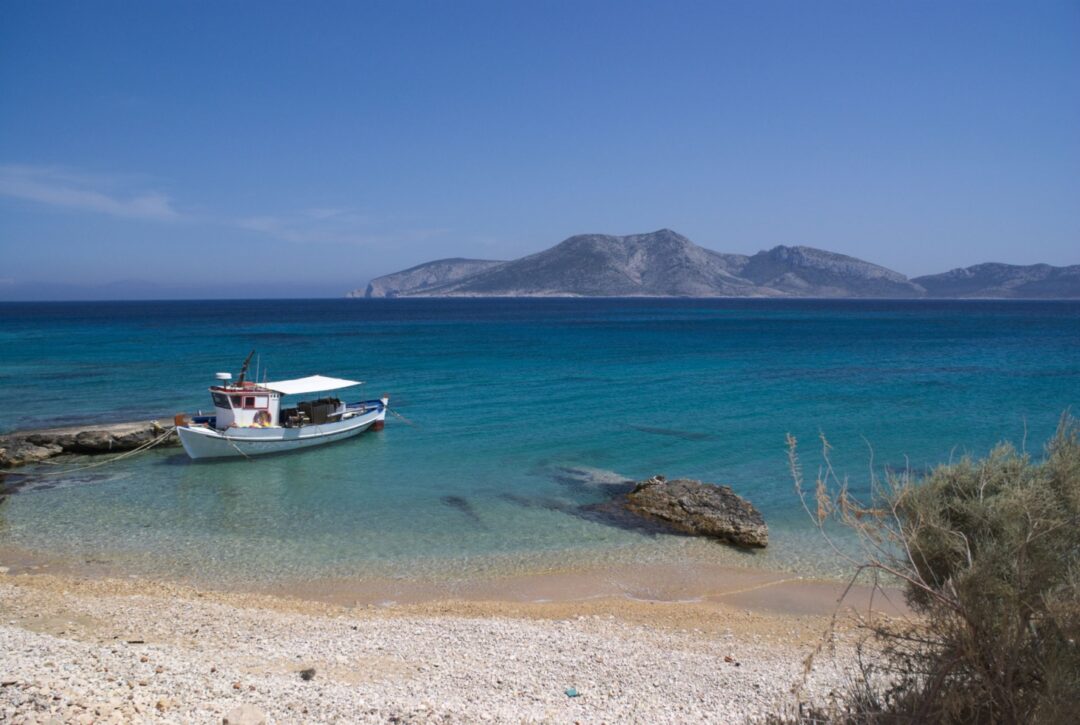
KOYFONISI: “Keros – The island that speaks through images”, Photography and cinema workshop for Koufonisi students on Keros – Organization: Cinemathesis Non-Profit Civil Company (Photo: View of Keros Island from Pano Koufonisi, aegeanislands.gr)
The program offers a multi-themed workshop for students in Pano Koufonisi, inspired by the island’s proximity to Keros. Though uninhabited today, Keros—just 1.5 nautical miles away—is rich in history and cultural significance, known globally for its Early Cycladic figurines that influenced modern art. Its landscape, traditions, and environment closely resemble those of Koufonisi, making it a natural focus for local engagement.
The workshop connects students with the values of Cycladic culture, exploring its ancient roots and modern relevance. Through cinema and photography, they will creatively reflect on their surroundings, guided by professionals in storytelling and visual arts. The program includes five phases: learning about Keros’ history and archaeology, receiving training in audiovisual techniques, and producing a documentary, a cutout animation, and a photography exhibition. By combining heritage with contemporary expression, the workshop empowers Koufonisi’s youth to rediscover their cultural identity and share it through modern media.
(Source: Cycladic Identity Initiative)
Read also: Keros Project: Uncovering the mysteries of Cycladic civilization
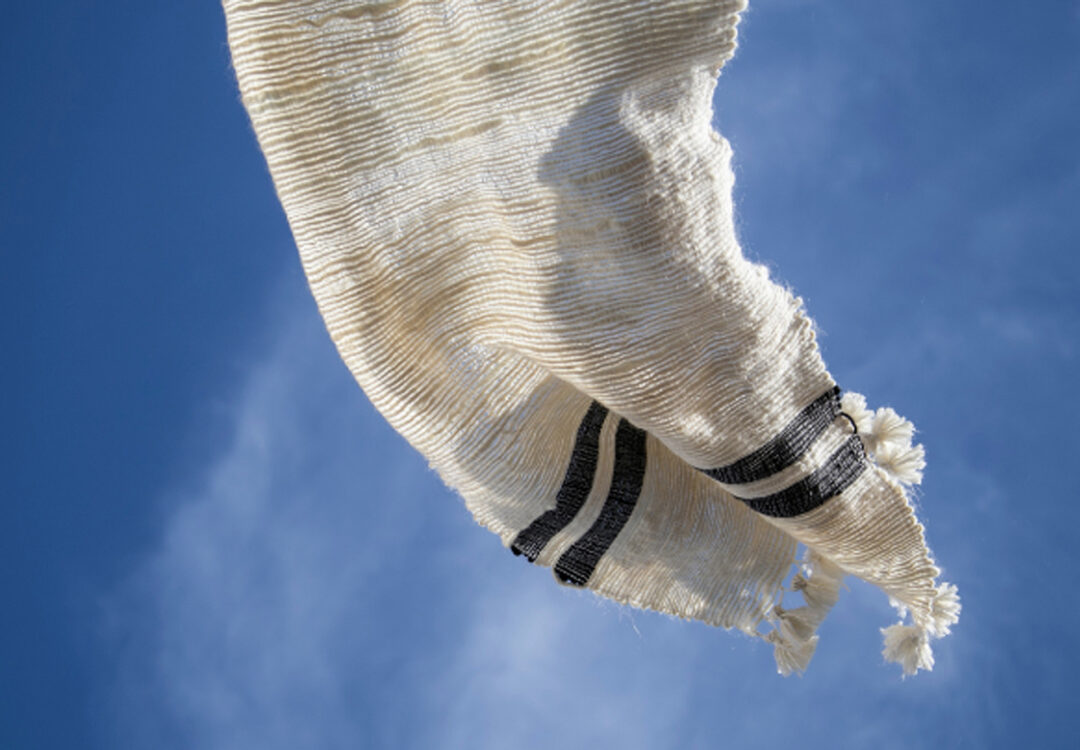
MYKONOS: “The revival of ancient Greek weaving art in 21st-century Mykonos”, The importance of the ancient art of weaving – Organization: Folklore Collection of Mykonos
Weaving, once central to daily life and culture in ancient Greece, remains a living tradition—especially in Mykonos. Historically led by women, weaving produced essentials like clothing and dowries, with patterns reflecting nature, mythology, and local identity. Even today, sayings like “you, your spindle!” capture its lasting cultural role. Today, woven items are not just utilitarian but also artistic, bridging the gap between historical craftsmanship and present-day creativity. Moreover, weaving offers a sustainable approach to production, focusing on the longevity and quality of materials like wool, linen, and cotton. This shift highlights a respect for nature and a more conscious way of life.
The proposed program aims to preserve and promote this ancient craft. It will document the full process—from animal care to finished textiles—and highlight weaving’s evolution, including its role in Mykonos’ rise as a fashion destination during early tourism. A key feature will be building and using an authentic wooden loom, along with collecting local stories and testimonies. Educational workshops for students and the community, in partnership with groups like the Women’s Association of Mykonos, will support knowledge sharing. Through film, hands-on learning, and exhibitions, the program celebrates weaving as both heritage and sustainable contemporary art.
(Source: Cycladic Identity Initiative)
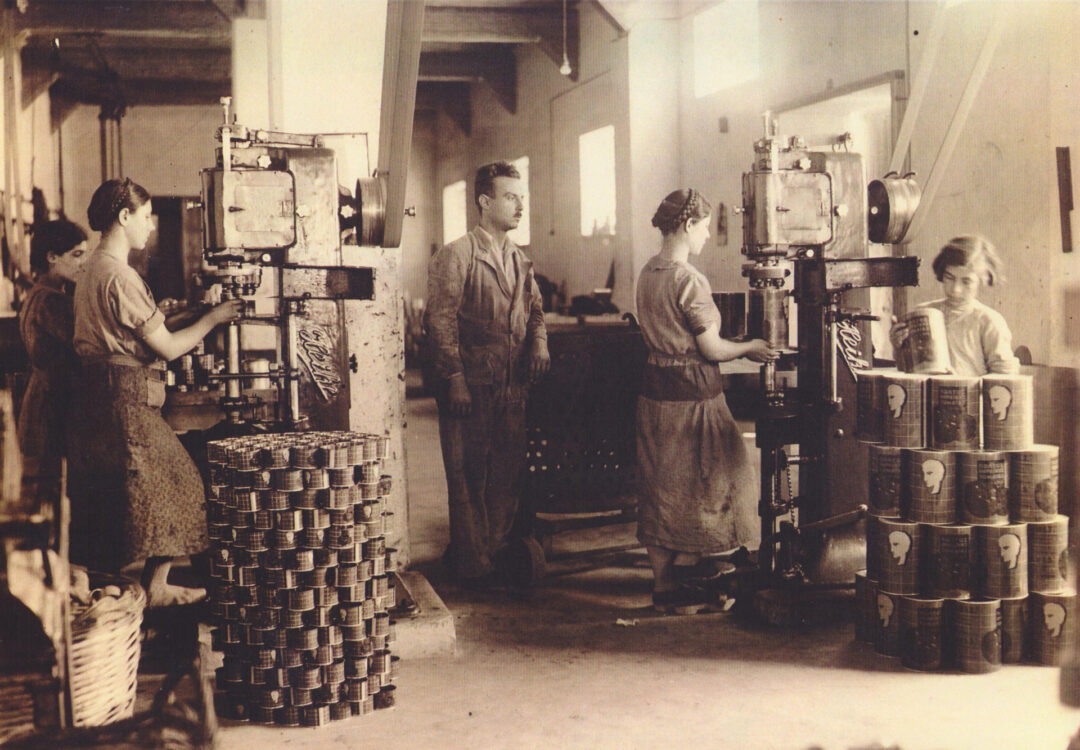
SANTORINI: “The Industrial Heritage of Santorini” – Organization: Theran Society of Arts and Sciences
Santorini’s industrial past, once shaped by mining, tomato canning, hosiery, wine, and fava processing, played a key role in the island’s 19th and 20th century economy. Windmills, lime kilns, and shipyards also reflect earlier pre-industrial activity. Sites like the Markezenis hosiery factory in Messaria, the DAR sock mills in Oia, and the tomato factories along the eastern coast that once produced Santorini’s renowned tomato paste—many of which still house some intact machinery – stand as reminders of a once-thriving industrial era. By the mid-20th century, this sector declined due to earthquakes, economic shifts, and the rise of tourism. The 1956 earthquake caused widespread damage, and mining ceased in 1989. Many factories were abandoned, demolished, or repurposed, and much of the island’s industrial memory faded.
This program seeks to preserve that legacy by collecting and digitizing photos, archives, and oral histories from former workers and owners. Surviving industrial sites and equipment will be mapped and documented, culminating in a documentary to raise awareness and promote heritage preservation, supported by institutions like the Santorini Historical Archive and the Industrial Tomato Museum.
(Source: Cycladic Identity Initiative)
Read also: Cherry Tomato: A Lavish Product Made in Santorini
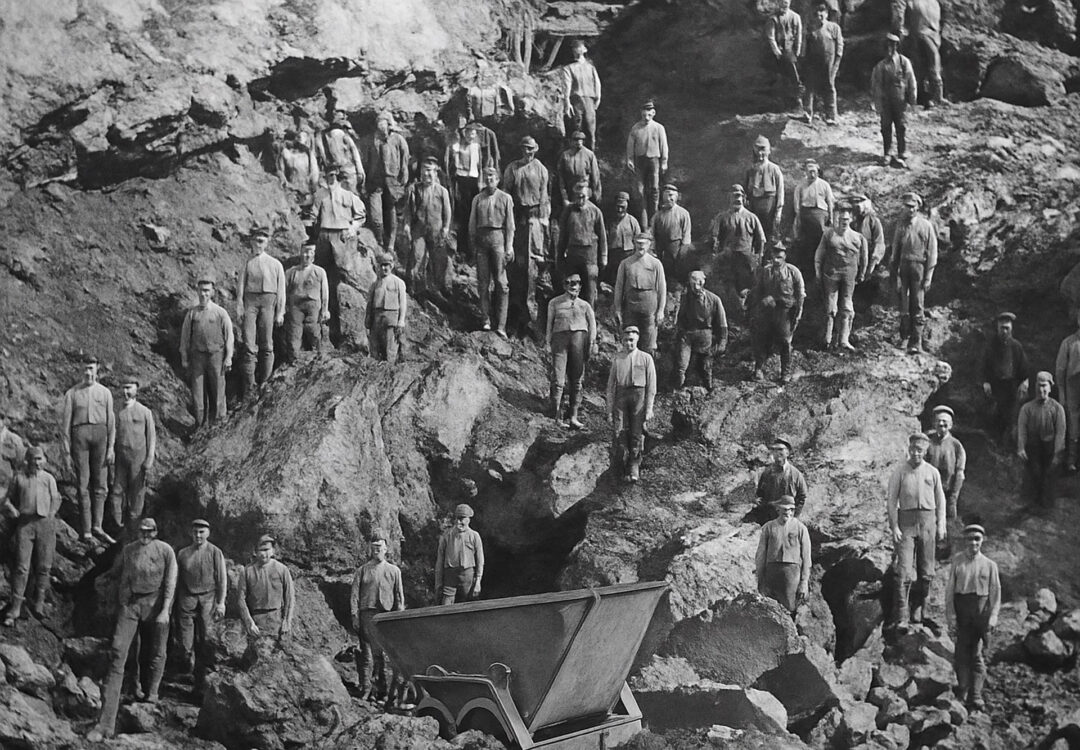
SERIFOS: “The Living History of the Serifos Mines”, Documenting the history of Serifos’ mines – Organization: Society of Friends of Cultural Heritage & Environment “Serifos”
The project focuses on documenting, preserving, and disseminating the living history of the Serifos Mines, a key element of the island’s identity. The “living history” refers to the experiences shared by miners and their descendants, as well as historical records and private archives. The goal is to safeguard this intangible cultural heritage, which has shaped Serifos’ history from prehistoric times to the modern era. The mining operations, which flourished in the 6th century BCE, continued through the Roman, Venetian, and modern Greek periods until the closure of the mines in 1965. The 1916 general strike, which led to the establishment of the 8-hour workday in Greece, and the harsh working conditions faced by miners are significant aspects of this history.
The project has four main parts: Videotaped interviews with miners and relatives, with highlights shared online. Collection of photos from mining life and post-closure transitions, published online and in print. Documentation and donation of historical objects to the Megalo Livadi museum. Organization and digitization of residents’ archives, focusing on personal stories, the strike, and community memory, to collaborate with local institutions.
(Source: Cycladic Identity Initiative)
Read also: Serifos: The Intangible Cultural Heritage of Its Mining Activity
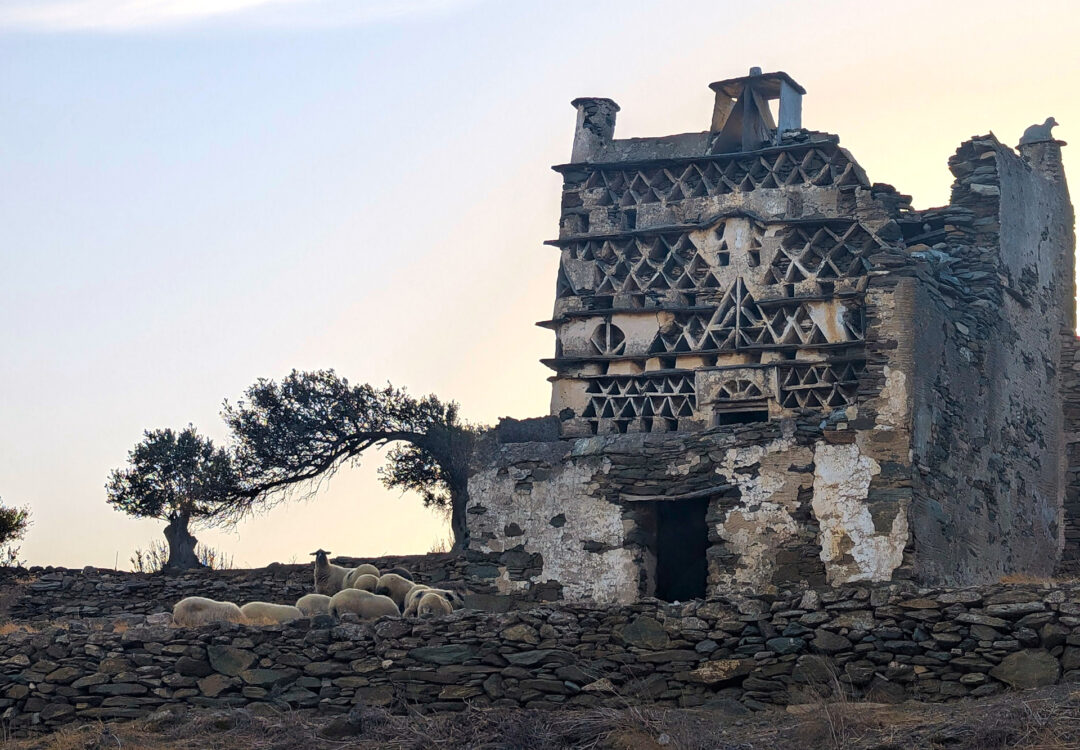
TINOS: “CODE 21: The Dovecotes of the Cyclades in the 21st century”, Recording of the traditional dovecotes (peristeriones) of Tinos – Kinono – Organization: The Tinos Gathering
The dovecotes (peristeriones) of the Cyclades, particularly those on Tinos island, have been an integral part of the landscape for centuries, reflecting a rich architectural tradition. These structures were historically used for breeding pigeons, a practice that has declined over time but still remains part of the island’s cultural heritage. Dovecotes served both practical purposes (providing pigeon meat and manure) and symbolic roles, reflecting the island’s architectural identity. Dovecotes remain important symbols of the island’s rural and architectural heritage.
CODE21 is a cultural heritage project focused on preserving and promoting these iconic dovecotes, which face threats like decay, improper renovations, and loss of skilled artisans. The project will digitally map and document 30 dovecotes in Tarampados using drone photography and 3D modeling, creating a web-GIS platform and mobile app. It also features four Living Labs involving local artisans and youth in workshops on photography, drawing, jewelry-making, and traditional maintenance. CODE21 fosters community engagement, intergenerational knowledge exchange, and creative reuse, supporting sustainable tourism and heritage innovation. Through exhibitions, films, and events, the project aims to make dovecotes living monuments of memory, creativity, and development across the Cyclades.
(Source: Cycladic Identity Initiative)
Read also: The dovecotes of Tinos Island
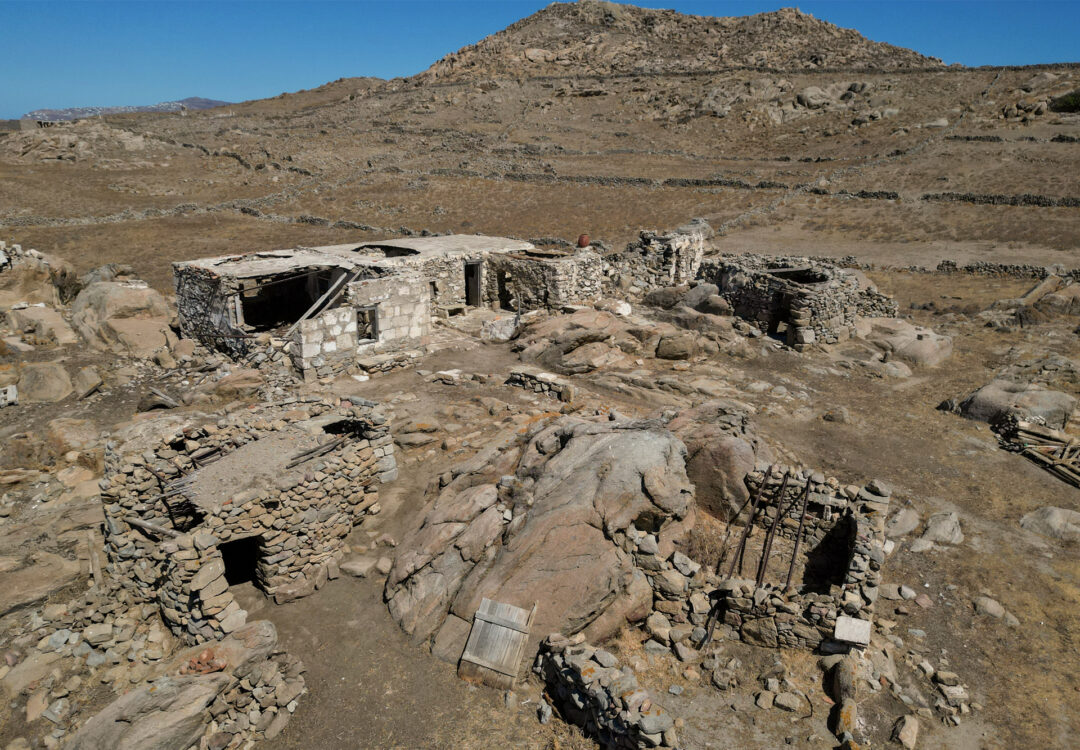
INTER – CYCLADIC / DELOS: “Adilos: Ethnographic research and experiential engagement in Delos”, Highlighting the agricultural heritage of Delos – Organization: Boulouki – Itinerant Workshop on Traditional Building Techniques
The main goal of the program is to restore “Markos Farm” (or “Markos Village”), a ruined agricultural complex located south of Delos’s main archaeological site, a World Cultural Site since 1990, and convert it into a residence for researchers working at Delos. In the long term, it seeks to repurpose the 19th century agricultural buildings, preserving a key part of Delos’s rural heritage. Final restoration plans are expected by early 2025. The agricultural history of Delos remains underexplored and is often overshadowed by its classical heritage.
This project highlights and preserves that legacy, that had started with Markos Farm—an ensemble of eight buildings from the late 19th and early 20th centuries, notable for their creative reuse of materials such as railway tracks, boat sails, and ancient fragments. The 12-month program has three parts: Ethnographic research with local agricultural workers, a 1-2 day vocational apprenticeship linked to the restoration, and dissemination through a photographic album and narrative anthology, both print and digital. The program will conclude with a public event in Mykonos celebrating its completion.
(Source: Cycladic Identity Initiative)
Read also: Delos, the Sacred Island
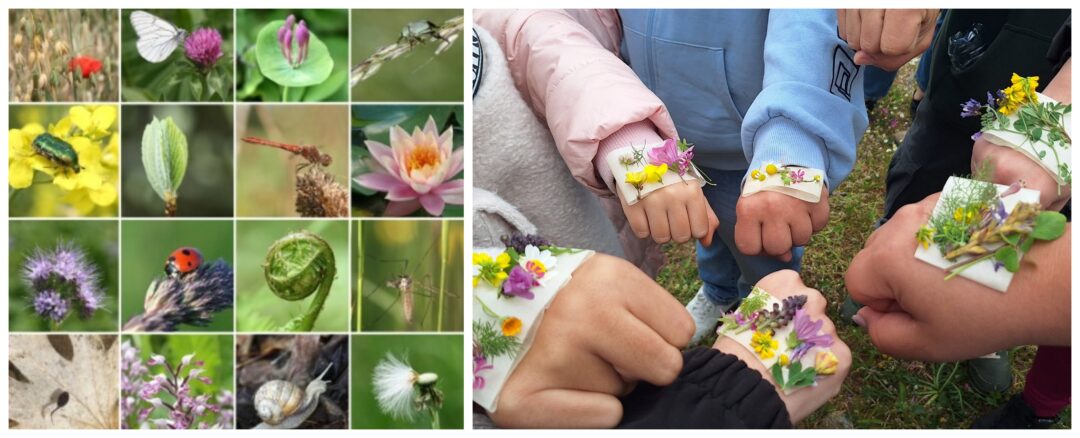
SYROS: “Small is Beautiful – Biodiversity Havens”, Discovering biodiversity through a treasure hunt – Organization: Social Cooperative Enterprise for Collective and Social Benefit “Kavilia”
This program invites students, residents, and visitors of the Cycladic islands to discover and protect the unique biodiversity hidden in the region’s landscapes—paths, dry stone walls, and sand dunes. Developed by locals on Syros, it aims to raise awareness of lesser known plant and animal species and their importance to island identity, while addressing threats from development and climate change. The initiative transforms students into biodiversity ambassadors, promotes sustainable tourism, and builds a strong connection between communities and nature.
(Source: Cycladic Identity Initiative)
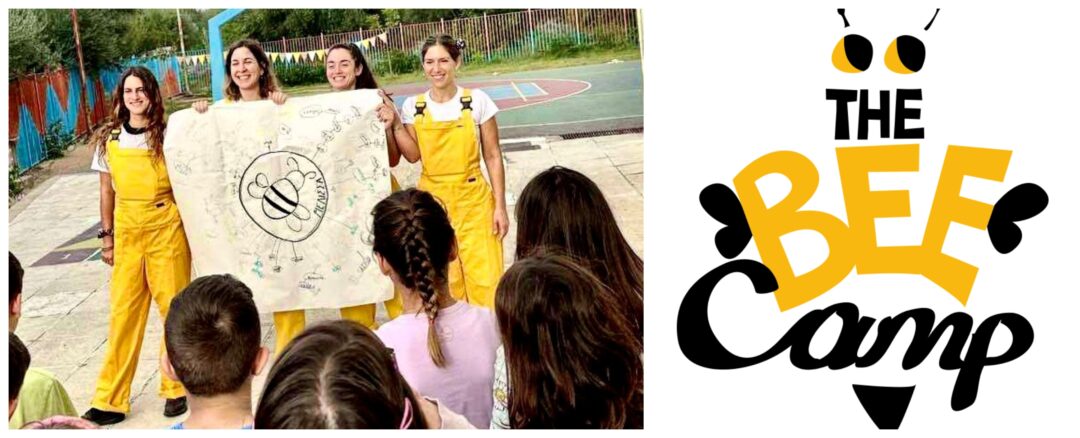
INTER – CYCLADIC: “Pollinating Cyclades”, The role of pollinators in preserving biodiversity – Organization: The Bee Camp Non-Profit Civil Company
The program addresses biodiversity loss by focusing on the protection of wild pollinators, such as bees, in the Cycladic Islands. These pollinators are vital to ecosystems, food production, and forest health, but face threats from pesticides, intensive agriculture, urbanization, and especially intensive beekeeping, which creates competition for floral resources. Despite their close connection to nature, many local communities are unaware of the importance of wild bees and the consequences of their decline.
(Source: Cycladic Identity Initiative)
Read also: Cycladic Identity: keeping alive the heart of the Cyclades
Exploring Sikinos Island: Cultural Trails and Natural Treasures Through Innovation
I.A.
TAGS: CULTURE | CYCLADES | HISTORY | TOURISM | TRADITIONS

